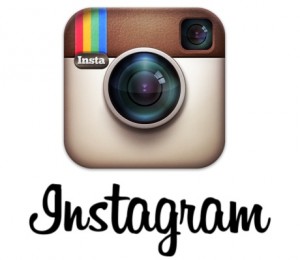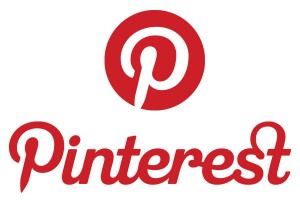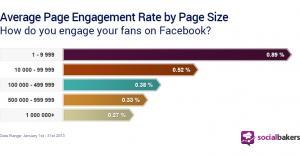The great thing about content marketing is that businesses — big and small — can get started and become part of the conversation. They can make true connections with consumers and, more importantly, drive sales and leads for their products and services.
Anyone can get started without spending a penny, and great content produces long-term results. I’ve seen marketers bring in tons of business from articles written years ago. The only things you need are commitment and drive to build a content marketing strategy.
Still, it takes a long time to create content. There is no sense in creating great content to use only once and never see it again. Recycling content makes it easier to supply all the different channels you have to fill on a daily basis. I’m using the term recycle and not reuse. With recycling, you’ll be taking existing content and adding to it to create something slightly new. For SEO reasons, you don’t always want to reuse the same content everywhere — that’s duplicate content and you can get a penalty for it.
Here are tips for recycling content.
MORE: Simple ways to recycle your content – iMediaConnection.com.







